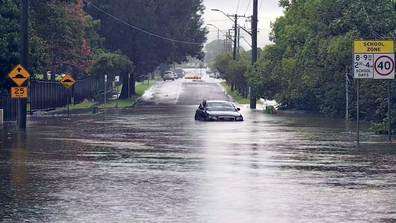However, it is still forecast to return to neutral soon, and will remain so for much of autumn.

“While oceanic indicators, including sea surface temperatures (SSTs), have weakened to ENSO-neutral values, the atmosphere has been slower to respond and remains La Niña-like,” the BoM said.
“Even as La Niña weakens, it can continue to influence global weather and climate.
“All models anticipate SSTs in the central Pacific Ocean will warm further, but remain at neutral levels (neither La Niña nor El Niño) until at least mid-autumn.”
Read Related Also: Jamie Oliver looks more loved-up than ever as he renews his wedding vows with wife Jools
The average of international models suggests an El Niño will come into effect around August – which would be the first one since the 2019-20 summer, when catastrophic bushfires ravaged much of Australia’s east.

However, the BoM said long-range forecasts should be “viewed with caution”.
The weather bureau also said the Southern Annular Mode is likely to dip into negative, which tends to reduce rainfall in south-east Australia. However, it is expected to return to neutral for the coming months.

Severe thunderstorm barrels through NSW south coast





